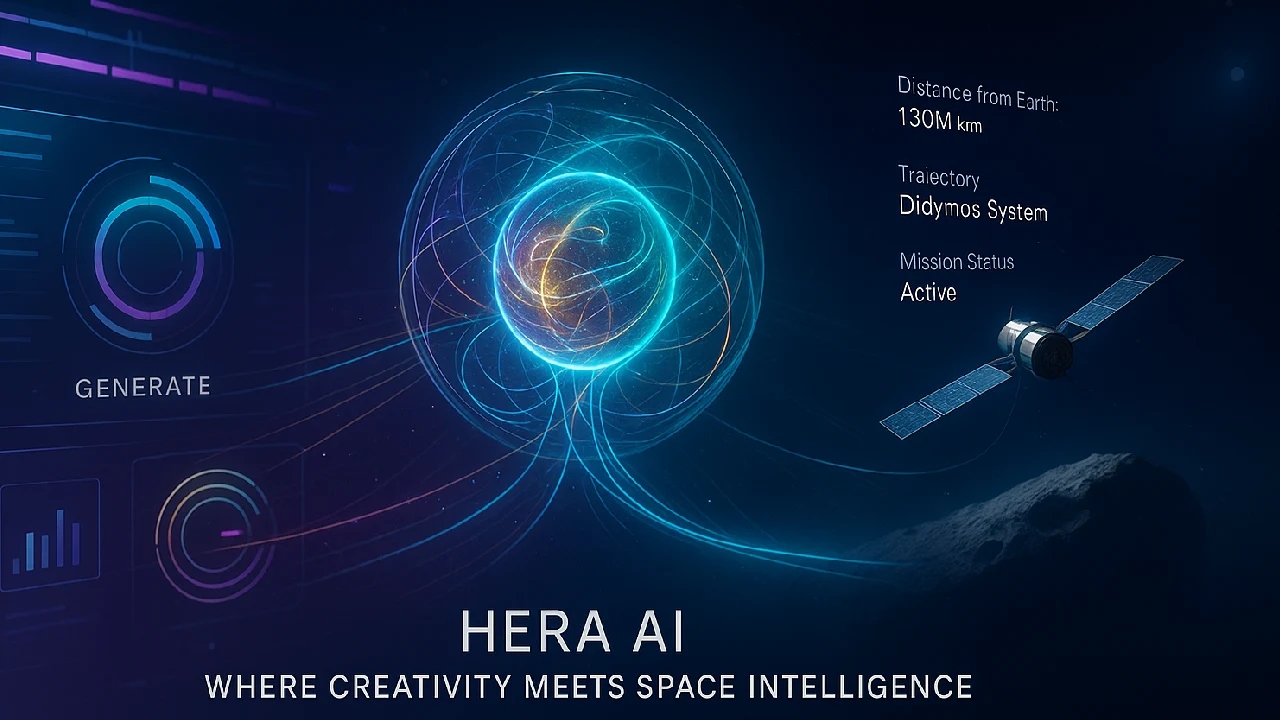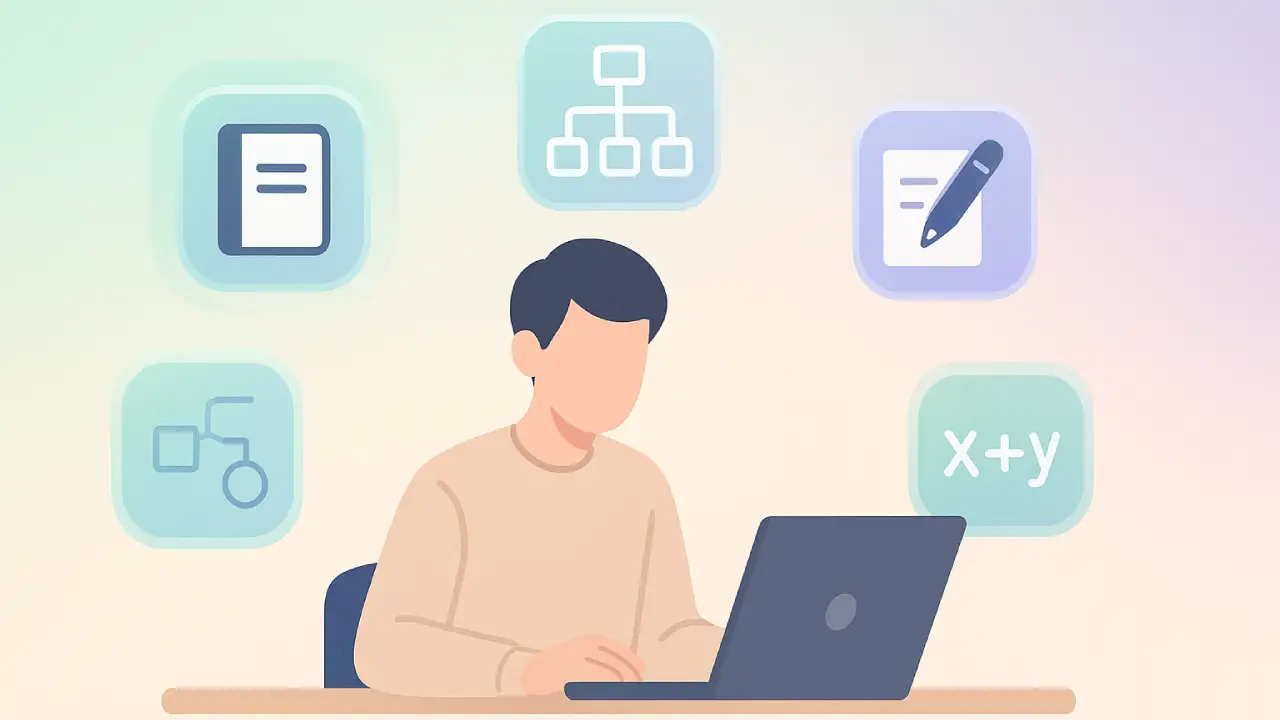Material 3 Expressive enhances Android’s Material You design with strong, highly chromatic colors, providing users with more personalized and dynamic interface experiences across apps and devices.

Material 3 Expressive is a dramatic color variety in Google’s Material You design system, which debuted with Android 13. Unlike traditional tonal themes, Expressive uses highly colorful palettes to make Android interfaces more vibrant, personal, and emotional. It’s part of Google’s transition to user-centered, dynamic design, which allows for greater flexibility in how products represent individuality.
What is Material 3 Expressive
Material 3 Expressive commonly known as Material You, is Google’s design philosophy for Android that emphasizes adaptability, emotion, and uniqueness. In this system, Expressive is one of four theme variations: Tonal Spot, Vibrant, Spritz, and Expressive. While Tonal Spot has been the default since Android 12, Expressive takes a slightly different approach. Its defining feature is that it is a highly chromatic theme, which means that colors appear more saturated, energetic, and vibrant.
Unlike grayscale or subdued palettes, Expressive is intended for people who want vibrant, personality-driven interfaces. It works in tandem with Android’s dynamic color system, which adjusts themes based on wallpapers or user preferences. This guarantees that customisation is visually appealing in addition to being functional.
Material 3 Expressive Key Features and How it Works
The Expressive version stands out due to its vibrant colors. Technically, Android 13 added android.theme.customization.theme_style, which allows users to choose styles such as Expressive.
Key aspects include:
- Dynamic Colors: Built on the HCT (Hue, Chroma, Tone) color model, enabling precise control of color vividness.
- High Chromatic Value: Unlike Tonal Spot or Spritz, Expressive emphasizes bright palettes with strong chroma.
- Personalization Options: Users can explore palettes through the Material Theme Builder (Figma plugin or web).
- System-wide Consistency: Once applied, Expressive colors appear across apps, settings, and UI elements.
Expressive represents a technical as well as aesthetic leap forward in Android theme development.
Why it Matters and Benefits
Google’s design philosophy goes beyond usefulness, aiming to build an emotional connection with technology. Expressive boosts this by providing:
- More Personalization: Themes that reflect mood and personality.
- Better Visual Engagement: Brighter colors draw attention and improve recognition of interface elements.
- Accessibility Harmony: Despite vividness, Expressive works within Material You’s accessibility standards, ensuring readability.
- User Delight: Subtle animations and color transitions combine with Expressive to create a UI that feels alive.
Expressive is a welcome change for Android users who found previous themes too simple or subdued.
Comparison with Other Variants
Material You offers four main theme styles:
- Tonal Spot – Default balanced look since Android 12.
- Vibrant – Similar to Tonal but with extra analogous accents.
- Spritz – A desaturated, almost grayscale theme.
- Expressive – The most colorful, highly chromatic option.
Material 3 Expressive is more adventurous than Vibrant, while Spritz is the polar opposite. This variety allows users to choose between quiet, professional palettes and lively, expressive ones based on personal preference or context.
Final Take
Material 3 Expressive is more than a theme; it’s a statement about personalization. Google allows users to alter how Android looks and feels by combining technological innovation (HCT color model, JSON-based overlays) with artistic vibrancy. Expressive represents the option to choose between calm tones and vibrant palettes in UI design.
FAQ Section
Q: What makes Material 3 Expressive different from Tonal Spot?
A: Tonal Spot focuses on balanced color tones, while Expressive emphasizes high chroma, delivering richer, more vibrant palettes for users seeking a colorful UI.
Q: Is Material 3 Expressive available on all Android versions?
A: No, Expressive was introduced in Android 13 through the new theme_style attribute. Devices running earlier versions only support older theming methods.
Q: Does Material 3 Expressive affect app performance?
A: No, Expressive is purely a visual theme layer. It changes color schemes but does not impact battery life, performance, or hardware efficiency.







